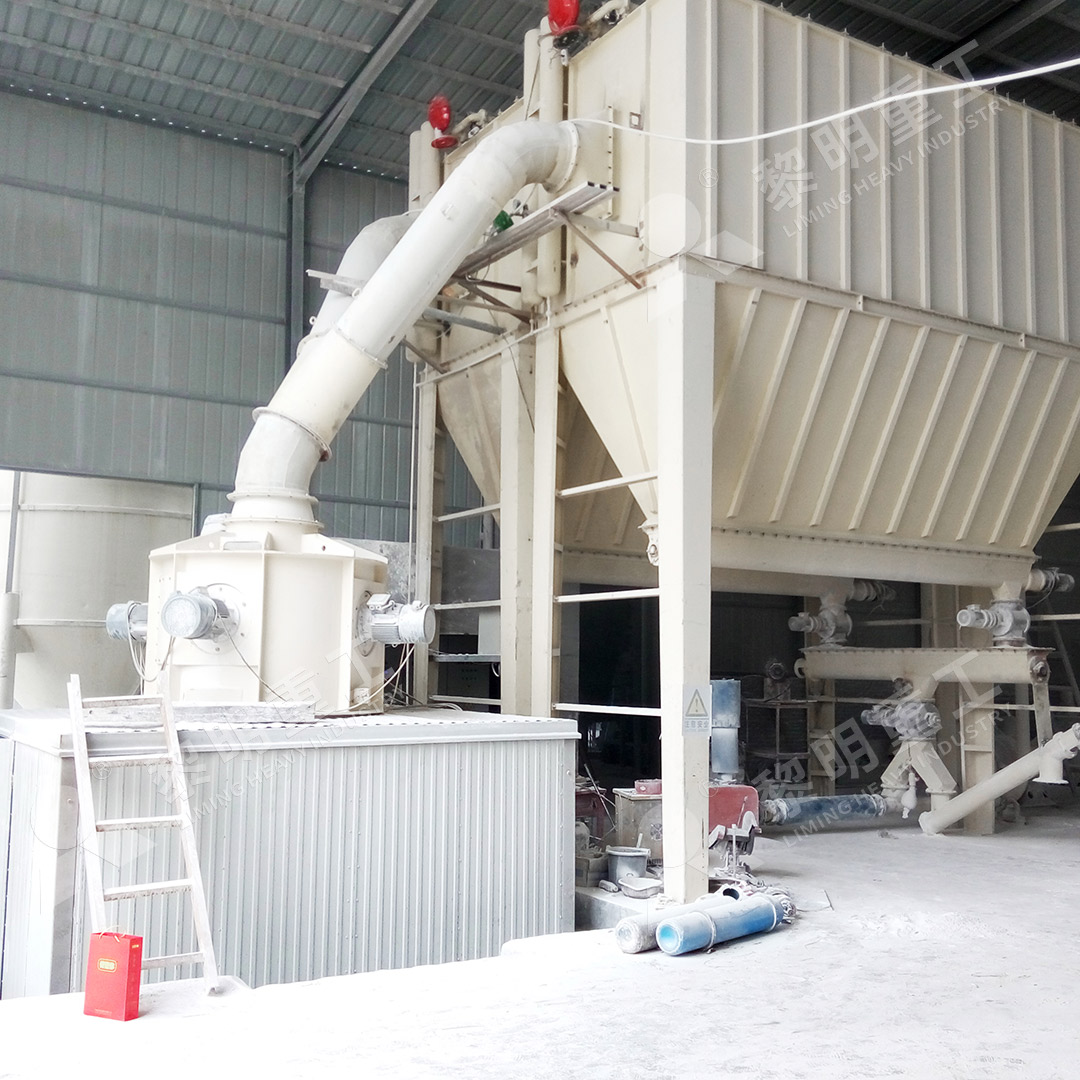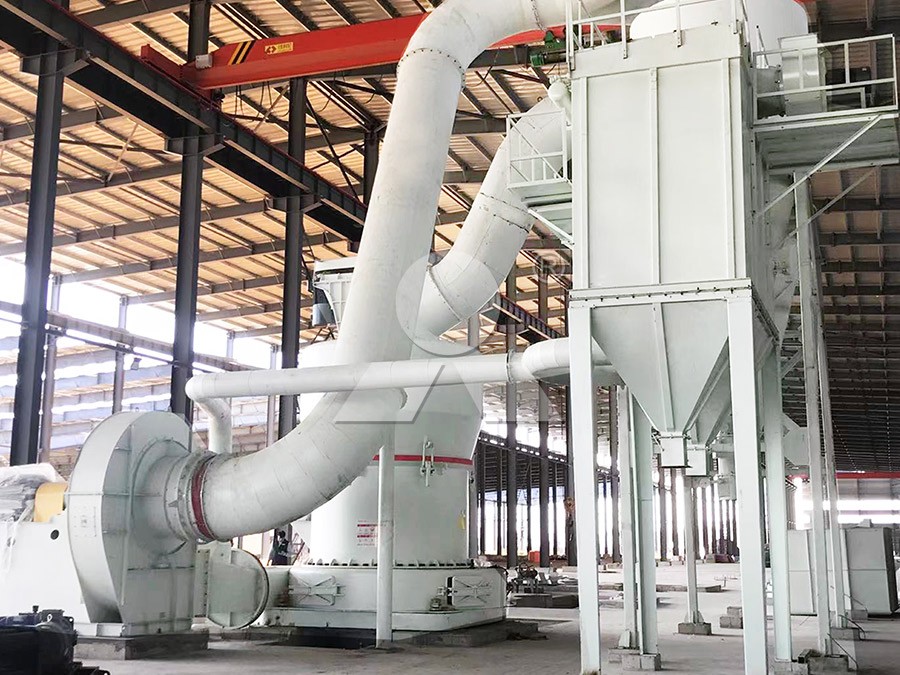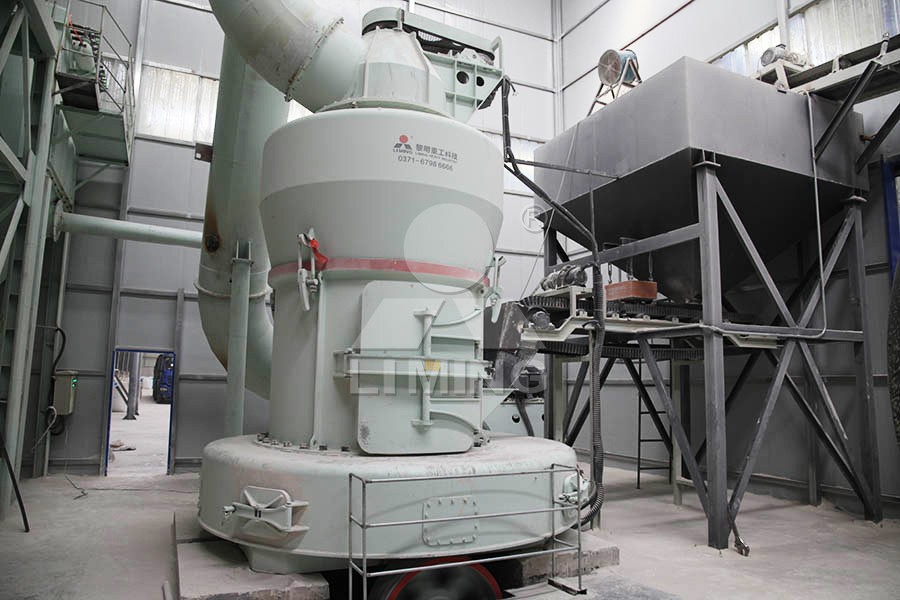Standard Specifications for Limestone Grinding Mills in Power Plant Desulfurization
Standard Specifications for Limestone Grinding Mills in Power Plant Desulfurization
Flue gas desulfurization (FGD) systems represent a critical component in modern power generation, with limestone grinding standing as the fundamental process that determines overall system efficiency. The specifications for these grinding mills extend far beyond simple particle size reduction, encompassing energy consumption, environmental compliance, and operational reliability metrics that directly impact plant economics.

Critical Performance Parameters
When evaluating grinding equipment for FGD applications, plant operators must consider several interconnected specifications. The input size limitation typically ranges between 0-20mm for advanced mills, while capacity requirements vary from 3-340 tph depending on plant scale. The grinding fineness represents perhaps the most crucial parameter, with optimal desulfurization occurring at particle sizes between 325-2500 meshes, where the increased surface area maximizes chemical reactivity in the absorption tower.
Energy consumption metrics separate superior mills from conventional equipment. Modern designs should demonstrate at least 30-40% reduction in power requirements compared to traditional ball mills, with some advanced configurations achieving up to 50% energy savings. The integration of drying, grinding, and classification within a single unit further enhances efficiency while reducing the plant’s physical footprint by approximately 50%.
Technical Innovations in Modern Grinding Systems
The evolution of grinding technology has introduced several critical advancements specifically beneficial to power plant operations. The elimination of rolling bearings and screws within the grinding chamber, as implemented in our MW Ultrafine Grinding Mill, addresses one of the most common failure points in continuous operations. This design philosophy extends to external lubrication systems that permit maintenance without production interruption, a vital consideration for power plants requiring 24/7 operation.
Advanced powder separation technology represents another area of significant improvement. German-developed cage-type selectors with PLC control systems enable precise fineness adjustment between 325-2500 meshes while maintaining consistent product quality. The multi-head separator configuration allows operators to rapidly adapt to changing fuel sources or emission requirements without mechanical adjustments.

Environmental Compliance and Operational Stability
Modern grinding mills must exceed increasingly stringent environmental regulations. Integrated pulse dust collection systems maintain negative pressure operation, eliminating particulate emissions while specialized mufflers and noise reduction chambers bring operational sound levels within strict workplace safety limits. The complete system operates fully within national environmental protection standards without requiring additional external filtration equipment.
Operational stability in FGD applications demands particular attention to mechanical design. Double position-limiting technology prevents destructive contact between grinding components during power fluctuations or feed variations, while reversible structures facilitate rapid maintenance access. These features combine to achieve availability rates exceeding 95% in continuous operations, with planned maintenance intervals extending to 8,000 operating hours.
Equipment Selection Considerations
For power plants seeking optimal balance between capital investment and operational efficiency, our LUM Ultrafine Vertical Grinding Mill presents an compelling solution. With input size capacity of 0-10mm and throughput ranging from 5-18 tph, this mill incorporates the latest Taiwanese grinding roller technology with German powder separation expertise. The unique roller shell and lining plate grinding curve generates stable material layers that ensure consistent product quality while specialized wear-resistant alloys extend component life by 1.7-2.5 times compared to conventional materials.
The digital integration throughout modern grinding systems enables unprecedented operational control. Numerical control machining ensures precision manufacturing of core components, while automated control systems permit remote operation and real-time parameter adjustment. This digital foundation, combined with comprehensive spare parts support, creates a worry-free operational environment that minimizes unexpected downtime.

Frequently Asked Questions
What is the optimal limestone fineness for FGD applications?
The ideal fineness ranges between 325-2500 meshes, with d97≤5μm providing the optimal surface area for efficient sulfur dioxide absorption. Our MW Ultrafine Grinding Mill achieves this specification through advanced cage-type powder selection technology.
How do modern grinding mills reduce energy consumption?
Advanced designs incorporate multiple energy-saving features including efficient grinding curves, reduced mechanical resistance through optimized airflow paths, and integrated operations that eliminate intermediate conveying. Our LUM Ultrafine Vertical Grinding Mill demonstrates 30-50% lower energy consumption compared to conventional systems.
What maintenance advantages do newer mill designs offer?
Contemporary mills feature external lubrication systems, reversible roller structures for easy access, and the elimination of internal screws and bearings that frequently require maintenance. These innovations reduce typical maintenance time by 60% compared to traditional designs.
How are environmental regulations addressed in mill operation?
Modern grinding systems incorporate comprehensive dust collection through pulse jet filters, noise reduction technology, and completely enclosed negative-pressure operation that prevents material leakage. Our equipment consistently exceeds national environmental standards for particulate emissions and workplace noise levels.
What operational data can be monitored remotely?
Advanced control systems provide real-time monitoring of grinding pressure, rotational speed, bearing temperature, vibration levels, product fineness, and throughput rates. This data enables predictive maintenance and optimization of grinding parameters for changing limestone characteristics.
